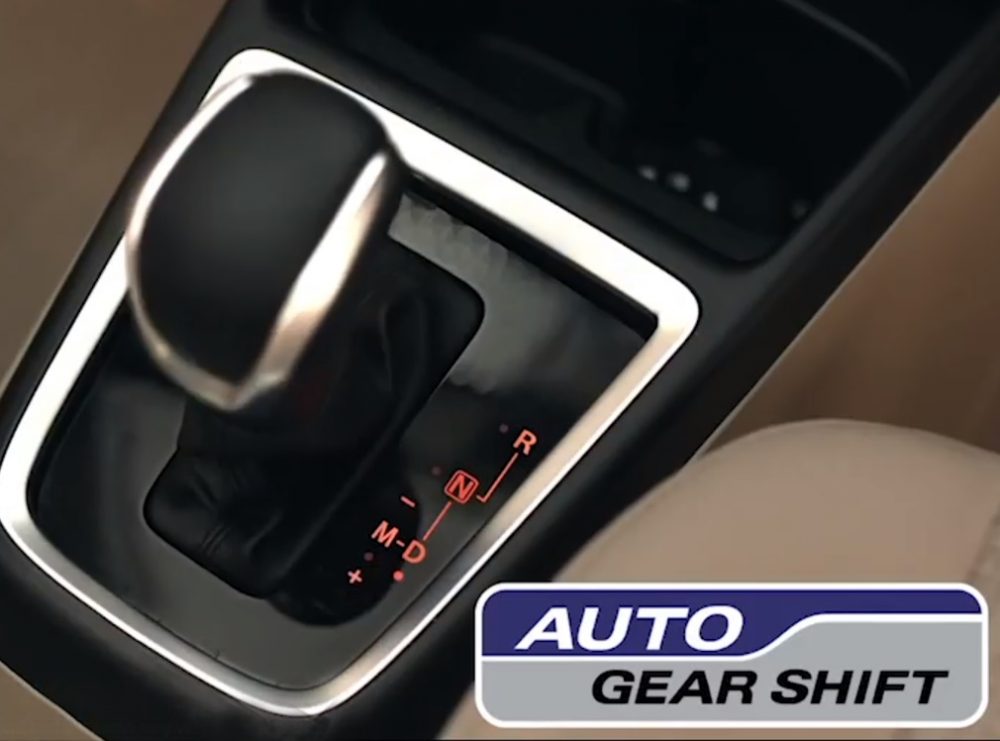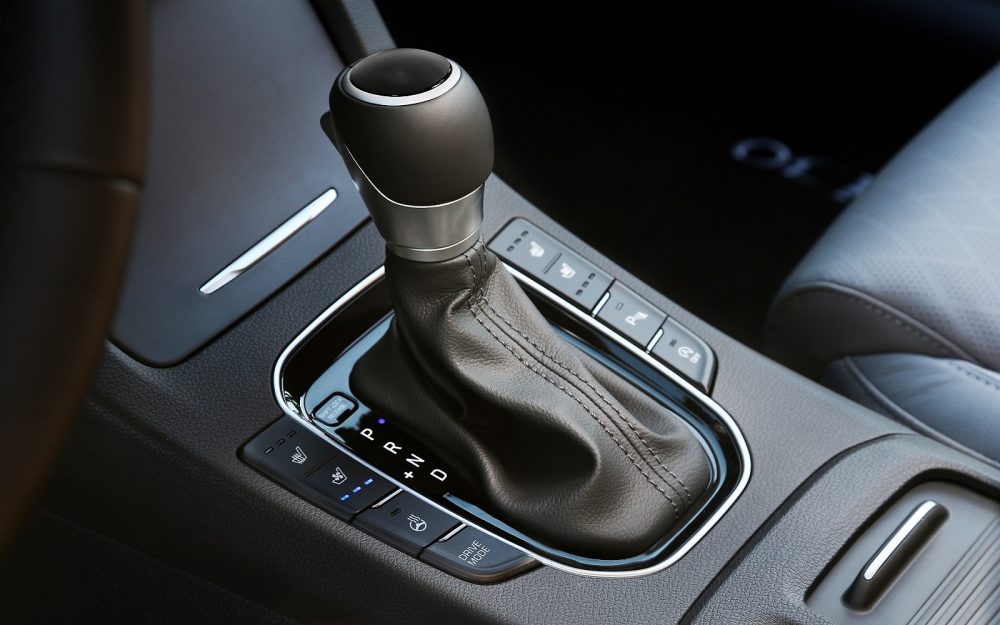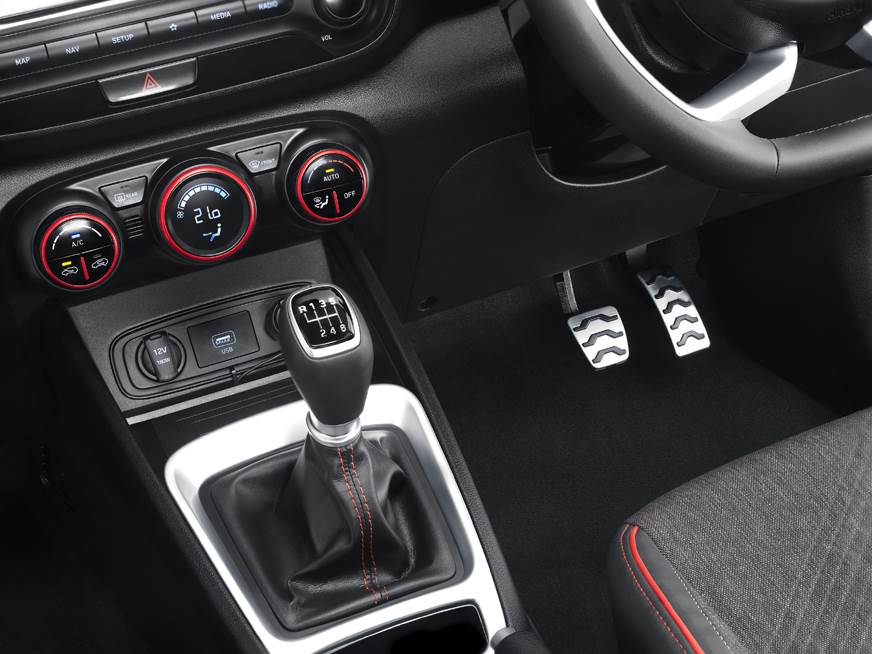With the Indian automobile market growing, the choices for the cars and transmissions are growing with it. While earlier the choice was pretty much dependent on the company and the model you prefer, all of this now has changed. The same model of a car offers multiple variations and if you are not an expert it might get a tad bit complicated. In this blog, we will cover the types of Automatic transmission systems available in India and will try our best to explain all of them. There are quite a few of them so strap in.
Automated Manual Transmission (AMT)
You might be quite familiar with this name as it is one of the most common Automatic Transmission available in India. It may be the most successful in the Indian market but it doesn’t make it the best.

Working
AMT uses a myriad of hydraulic systems linked to an ECU which changes gear depending on the current RPM of the car. Think of it as being a manual transmission that works on its own, hence the name. Most cars offer you the choice of ignoring the automated gearshift and allow you to change the gear manually.
Using the same system as a manual transmission makes it both cheaper and less complicated to work with. The ECU then operates the hydraulic systems present inside the engine. The ECU with its factory set reading of gear shift at certain RPM makes the hydraulic systems work thus shifting the gears.
Pros
- AMT cars are quite cheap as its pretty much a normal manual transmission with some extra part attached to it keeping the price close to a manual variant.
- They provide better fuel efficiency as the cars with AMT are already made with efficiency in mind. Keeping this in mind the ECU values are kept in a range that provides maximum fuel efficiency instead of performance or comfort. Almost all the AMT equipped cars to come with the option to drive manually which actually helps overcome one of the big issues with the AMT as discussed below.
Cons
- The point of the manual gear shift is to resolve one of the issues with the AMT system. The ECU has pre-installed precepts on which it works. This sometimes causes a problem in situations involving overtaking or climbing hills as a sudden gear change can cause problems that can be potentially dangerous. Switching to manual transmission removes this issue allowing you to change gear on your own volition. As AMT doesn’t have any clutch pedal while in manual all you need to do is move the drive stick forward for upshift and backward for downshifting.
Auto Gear Shift Technology

If you have heard this name slapped across Maruti Suzuki-made automatic cars its because this is the name they have given to their inhouse AMT system. It works the same way as normal AMT does the only difference being the name.
Now onwards to the next major Automatic transmission system, the CVT.
Continuously Variable Transmission (CVT)
Checkout the GoMechanic YouTube Channel and Subscribe for awesome automotive content.
CVT is the up and coming Automatic transmission system in India. Having infinite gear ratio is its biggest advantage over other transmission options.

Working
CVT or continuously variable transmission employs the use of belts and pulleys to have an infinite gear ratio. The more gear ratio available the smoother and more efficient something is.
In the case of CVT, fuel efficiency is the best in class as the engine is always working at the RPM where it’ll be efficient due to infinite gear ratio changing themselves whenever necessary.

Pros
- As discussed earlier the fuel efficiency of CVT is high due to the engine always staying at low RPM because of constant gear ratio changes.
- CVT boasts low production costs because there are fewer moving parts involved thus keeping the overall price of the car cheap.
Cons
- Due to a delay in the pulleys adjusting itself there is a delay in acceleration while using CVT. This makes them lack in the performance department.
- Repairs get a little bit costly because the parts involved are not easy to repair and need experts which are hard to come by.
- Another con which frankly depends on the person driving is the feel of the car. CVT has smooth gear shifts but for some people, they are a bit too smooth. As such, there is no output from the car and the engine sounds quite monotonous as well which makes it a bit dull to drive around.
Download The GoMechanic App Now!
Now for one of the most advanced transmission systems the DCT.
Dual Clutch Transmission
With its multiple clutches, shafts, and gears, DCT is probably one of the more complex transmission systems. It offers both high-speed gear shifts alongside the efficiency equivalent to a manual transmission DCT has been slowly rising in the Indian market.
Given different names by different companies using it, DCT is the basic names it’s known by. Volkswagen calls it DSG, Porsche PDK.

Working
DCT in simple terms can be described as two manual transmissions that are automatically controlled. The working is far more intricate so let’s get to it.
As the name suggests the gearbox has two clutches that control even and an odd set of gears respectively (clutch 1 controlling 1,3,5 gears and clutch 2 controlling 2,4,6 gears). Just like the clutches it also has two transmission shafts which as you might have guessed are for even and odd-numbered gears.

Housing has the two clutches that we discussed and alongside the clutches, it has two transmission shafts that the clutches are connected to. To make it a bit easier let’s call it the shaft A and B. So clutch 1 is connected to Shaft A thus controlling 1,3 and 5 gear similarly B connected to clutch 2 controls 2,3,5.
Now the clutch decides which gear is engaged by pushing along the shaft in which the necessary gear is present. Smaller clutches on each gear called dog or collar clutches to ensure the gear required is active.
The complete explanation is not covered as it is quite big and out of scope for the current topic at hand.
Pros
- Due to how it works DCT offers faster acceleration than other automatic variants and sometimes outperforms even manual.
- No delay and jerky motions due to its preemptive gear shift.
Cons
- High costs for DCT systems due to the complexity and the number of parts involved.
- Another disadvantage of the number of parts involved is the cost of repair and maintenance.
Onwards to iMT the transmission system which arrived in India with the new Hyundai Venue
Intelligent Manual Transmission (iMT)
Another variant of AMT the iMT (that’s the name it’s not a typo) also uses manual transmission as its base and makes it automatic. In the case of an iMT, you are in control of the gearbox as a normal manual transmission however you control the gears while the car controls the clutch.

If you remember the biggest issue about AMT was its random gear changes. iMT, however, picks this fault and provides you with full control over the gear shifting. This common ground between manual and automatic is sure to please any manual transmission lover.
Working
With the help on an Intention sensor on the gear shift stick the Hyundai’s iMT knows when you are about to switch gears. When the sensor gets a reading from the TGS it actuates the clutch thus preparing itself for a gear shift. This allows the driver to shift gears without taking care of the clutch as its automatically pressed by the car itself.
Pros
- The biggest pro of iMT is the option of the feel of driving a manual while not having to deal with the headache of managing clutch in bumper to bumper traffic.
- iMT negates the problem of auto gear shift at wrong times thus making it superior to AMT.
Cons
- It might be an improvement over the AMT but it still suffers from jerky gear shift no thanks to its single-clutch that has to work overtime to keep engaging and disengaging.
That covers the currently available iterations of Automatic transmission available in the Indian market. The list will surely increase in the coming time with the amount of new technology coming every day in the market and foreign companies considering India as one of the major hubs to manufacture and sell cars in.
More In-depth Explanation: DCT vs CVT vs AMT | Choose The Best Transmission







Nice and informative
Thanks and stay pinned for more!
I am driving an imt myself.. there are absolutely no jerks at all. Gear shifting is as smooth as butter, and yes, my left knee just cant stop thanking me 🤣🤣
But u did not explained / mentioned the full automatic transmission i.e AT / Torque converter ..it should also be explained in the article
Where’s the torque converter? No mention of most reliable and the best of all the automatics… Please get the article reviewed before posting….
Hi There,
Not to worry, There will be part 2 coming soon. Till then, stay pinned!